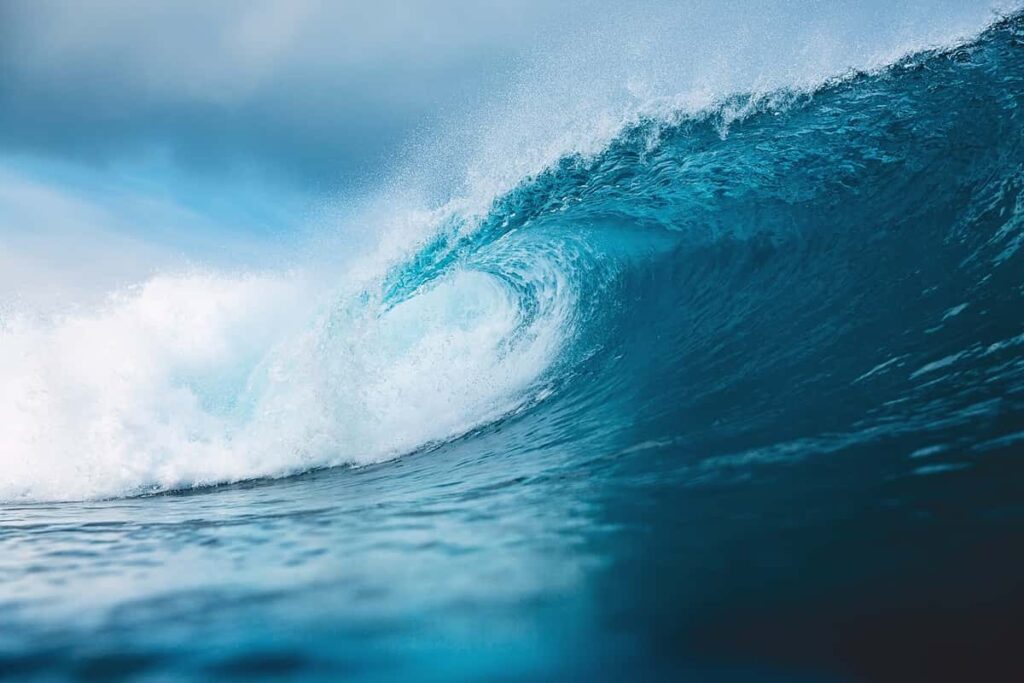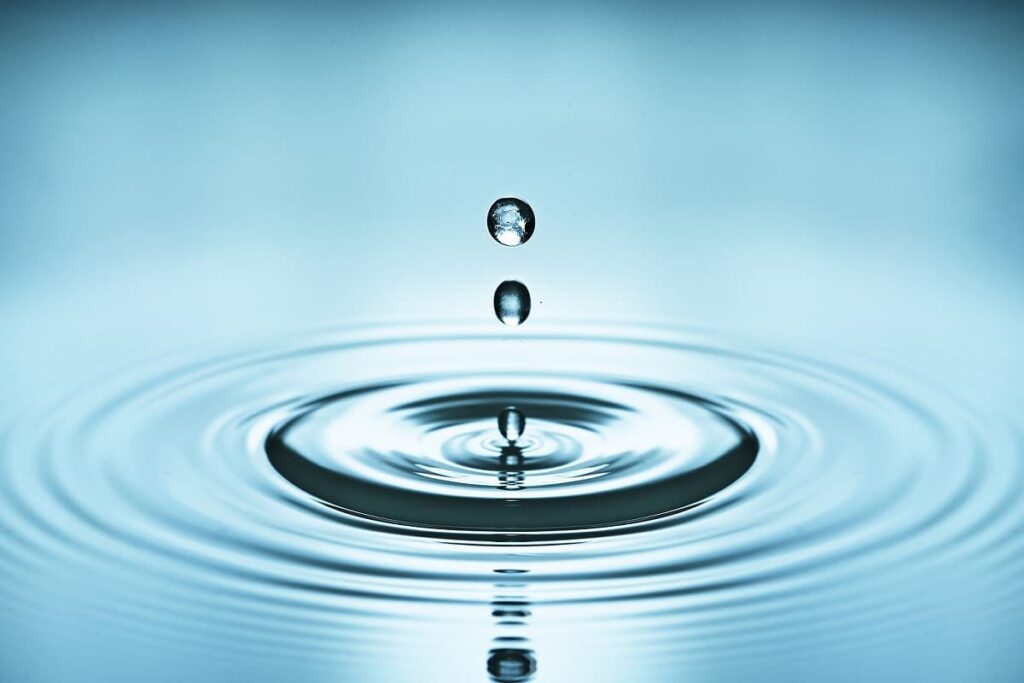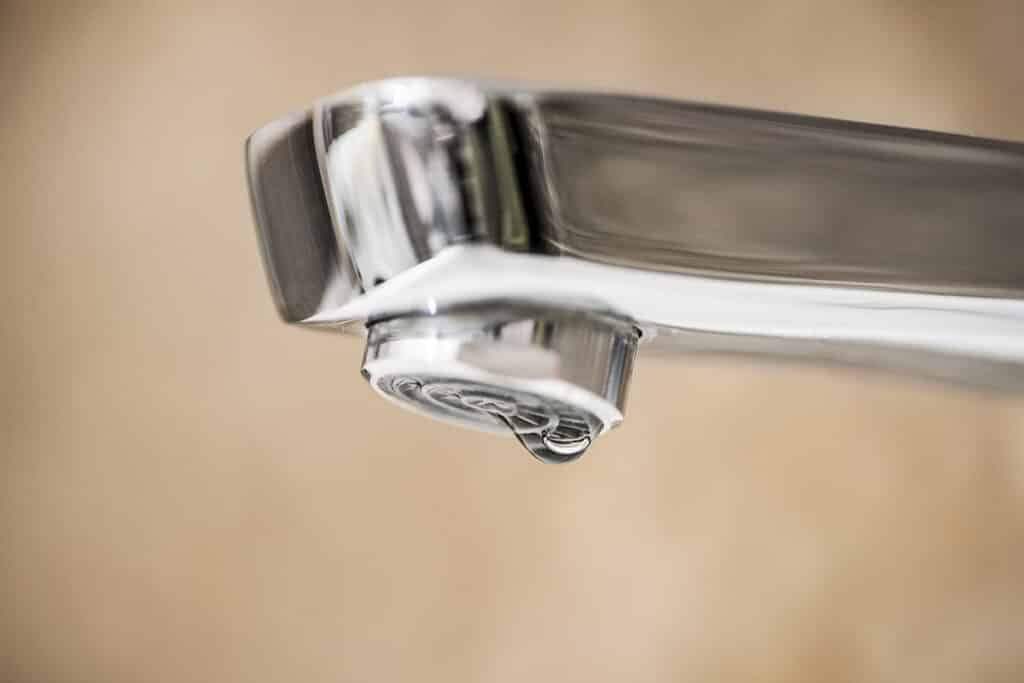How Zero Mass Water Turns Air Into Water
Table of contents

Nothing will make you feel more alive than exploring a country with no fences. Rent a Mongolian mule – the Mustang Shineray 150 – in Ulaanbaatar and set off into the most sparsely populated country in the world, trying not to hit any of the five jewels – horses, goats, camels, cows, and sheep – because there aren’t any ambulances coming to save you. Head due north from Mongolia’s capital and ride for a day. You’ll find yourself on the shores of Lake Baikal, where 22% of the world’s freshwater is currently being held.
Living in close proximity to Lake Baikal is one way to ensure water security, but for the rest of the globe, the situation is not so great. One popular solution is desalination, something that we’ve looked at before, and the go-to solution for countries that have access to seawater. But as green technology continues down the warpath of improving our lives, there’s another option – pulling water out of thin air. Now, anyone anywhere can simply pull water out of the sky using a solar-powered device that requires nothing but simple maintenance to produce a daily supply of clean water.

About Zero Mass Water
Founded in 2014, Phoenix, Arizona startup Zero Mass Water has raised just over $84 million in funding to develop a method of turning air into water. The lion’s share of that funding came in the form of a $50 million Series C in June 2020 led by asset management giant Blackrock, and with participation from Duke Energy. Zero Mass Water has developed SOURCE, the only technology capable of making high-quality, delicious drinking water without plugging into an additional electric or water supply. The device uses solar panels to power a fan that blows air through a hygroscopic material that collects water molecules. It may sound like a dehumidifier, but it’s not.
Anyone who has ever lived in a humid environment knows how easy it is to extract water from air. However, a dehumidifier is a very different technology that uses entirely different processes for extracting water vapor. In a dehumidifier, the water is exposed to components inside the machine whose materials can contaminate the water with lead and other metallic residues. Furthermore, dehumidifiers require great amounts of electricity to extract the water vapor, leaving users with water that cannot be consumed while driving up electric bills. SOURCE is off-grid, using solar energy to raise the dewpoint inside the Hydropanels, driving passive condensation resulting in high-quality drinkable water that is pure, similar to distilled. While both technologies make water from moisture in the air, SOURCE Hydropanels make high-quality drinking water without connecting to external power. They’re also built using a mesh network which is easily scalable and all monitored using a smartphone app.

The Cost of Using Hydropanels
You know the old saying. “Sell to the rich, live with the poor. Sell to the poor, live with the rich.” You can do well by doing good, but only if your business model can generate a profit on its own with a clear roadmap to get there. Capturing carbon from the air at $100 a ton and selling it for $20 a ton isn’t a business, it’s charity work. Similarly, a technology that captures water from air will experience adoption rates that correspond with the economic viability of the water that’s being produced. Let’s do some back-of-the-napkin numbers on a SOURCE installation.
From the company’s website, “a standard 2-Hydropanel array produces the equivalent of 300–600 standard water bottles (500ML) each month, on average.” Taking the upper end of that range gives us about 80 gallons a month. (Your average American uses this much water in a day.) According to Treehugger.com, a standard array with two panels runs about $4000, plus another $500 for installation. The system also requires the air filter and polishing cartridge to be changed once annually, and the mineral cartridge once every five years. (You can do the maintenance yourself.) So, let’s tack on another $50 a year for maintenance.
Adding up the numbers, you’re paying $5,250 ($4,500 initial capital expenditure plus $750 maintenance) for 14,400 gallons of water served up over 15 years. That comes out to 36 cents per gallon. A quick look at Statista shows that the cost of municipal water is ridiculously low being measured in fractions of a penny – .006 cents per gallon for the below example:
An average U.S. family of four pays about 72.93 U.S. dollars for water every month as of 2019, if each person used about 100 gallons per day.
Credit: Statista
So, the solution works best at scale where viable alternatives don’t exist, and where someone is able and willing to fund it.
Air to Water at Scale
Zero Mass Water has a whole slew of case studies that show how the technology is being adopted in all sorts of settings – from Silicon Valley homeowners to schools in the Philippines. Where they seem to be getting some real traction is in utility-sized implementations, some, in very remote places.
Most of you might not know about a country called Timor-Leste which borders Indonesia, yet the people speak Portuguese and 99% are Christians. Since the country has no commercial fishing fleet, it is surrounded by the most biodiverse waters anywhere in the world. It’s not uncommon to see a whale spout near the coast while riding the local bus. It’s not all idyllic though. Only one in four people have access to water. That was until Conservation International installed 80 SOURCE arrays across two villages on the island of Atauro. Now, they no longer need to import their water in plastic bottles which end up littering the beaches.
There are plenty of other large-scale implementations of SOURCE which always involve someone who is able to foot the bill – like an NGO, or some wealthy people in the deserts of the Middle East. An article by VentureBeat talks about how Platinum Heritage Desert Safaris is using SOURCE to provide drinking water to their guests out in the middle of nowhere. Another Dubai company is using SOURCE to create Blue Eyes, a renewable energy bottled water product probably with a price tag that’s befitting of Dubai, a country where a cheap beer costs $10. Another bottled water company, Waddi Springs in Australia’s Southeast Queensland, is also operating an array that’s producing 264,000 gallons a year. All of these installations provide an opportunity for Zero Mass Water to capture delicious high-margin revenues from consumables.
For large projects, Zero Mass Water has Water Purchase Agreements that let you purchase SOURCE water by needed volume without the upfront expense of Hydropanels. The company is also recently debuted a smaller model optimized for rooftop water production on residence or businesses.

Conclusion
Pulling water out of thin air using a solar panel is a neat trick but cost prohibitive for the people who need water the most. Still, this company is on the right track and the strong adoption they’re seeing will help them bring the cost of the technology down and the cost of freshwater down as well. Someday in the near future, everyone will have access to clean drinking water and we will again have shown how technology can solve some of the biggest problems mankind faces while generating a profit along with way.
Sign up to our newsletter to get more of our great research delivered straight to your inbox!
Nanalyze Weekly includes useful insights written by our team of underpaid MBAs, research on new disruptive technology stocks flying under the radar, and summaries of our recent research. Always 100% free.
















Fantastic article on zero mass water.
Cheers for that Evelyn
can I please have more information on zero mass water extractor commercial units
You’ll need to contact the company directly Dr. George.
I would like to purchase one of your zero mass air to water generators can you please send me a listing of your prices and devices that you have
We’re just a research firm. You’ll need to contact the company directly. Thank you!